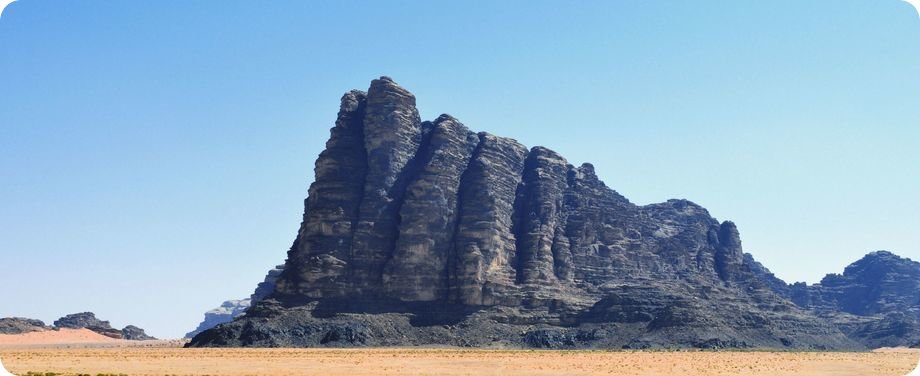
About Wadi Rum
The Wadi Rum Desert is a 74 000 hectare area located in southern Jordan near the border with Saudi Arabia. The area was designated as a Protected Area by the Jordanian Government in 1997 and inscribed as a UNESCO World Heritage Site in 2011. The area obtained such designations due to its mixture of natural and cultural features.
The natural landscape of Wadi Rum contains a wide variety of geological features. Natural rock arches, towering cliffs, narrow canyons, and sand dunes are just a few of the many reasons people decide to visit. With a finer eye you are able to observe evidence of over 12 000 years of human occupation in the form of petroglyphs and inscriptions.
For millenia, the desert was occupied by nomadic peoples. For the past several centuries, the Bedouin people have made Wadi Rum their home. Although some still exist, most Bedouin people in Wadi Rum today no longer live a nomadic lifestyle and instead live in the Rum Village, located inside the Protected Area. Today, the village is home to between 1 000 and 2 000 people.
Wadi Rum became well known to the Western World following the writings of British Officer T.E. Lawrence. Lawrence, or perhaps better known as 'Lawrence of Arabia', traveled through Wadi Rum many times when he was sent to work with the Arabs during the Arab Revolt between 1916 and 1918. Several sites described in Lawrence's book, 'Seven Pillars of Wisdom' are visitable today and are popular amongst tourists visiting Wadi Rum.
It is perhaps unsurprising that Wadi Rum was the filming location for the film, 'Lawrence of Arabia' in 1962. The area continues to be a popular filming destination today with filmmakers often using the desert to represent a Martian landscape. Two popular films, 'Transformer: Revenge of the Fallen' and 'The Martian', were partly shot in Wadi Rum in the past several years.





